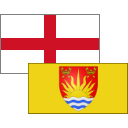Lowestoft, first and foremost, was famous for its fishing and Herring Fishery Score is a clue if you're even the slightest bit interested.
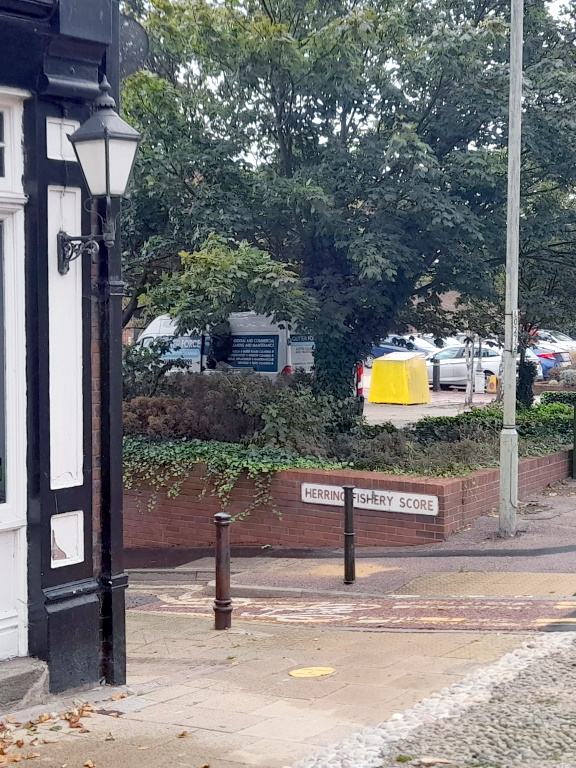
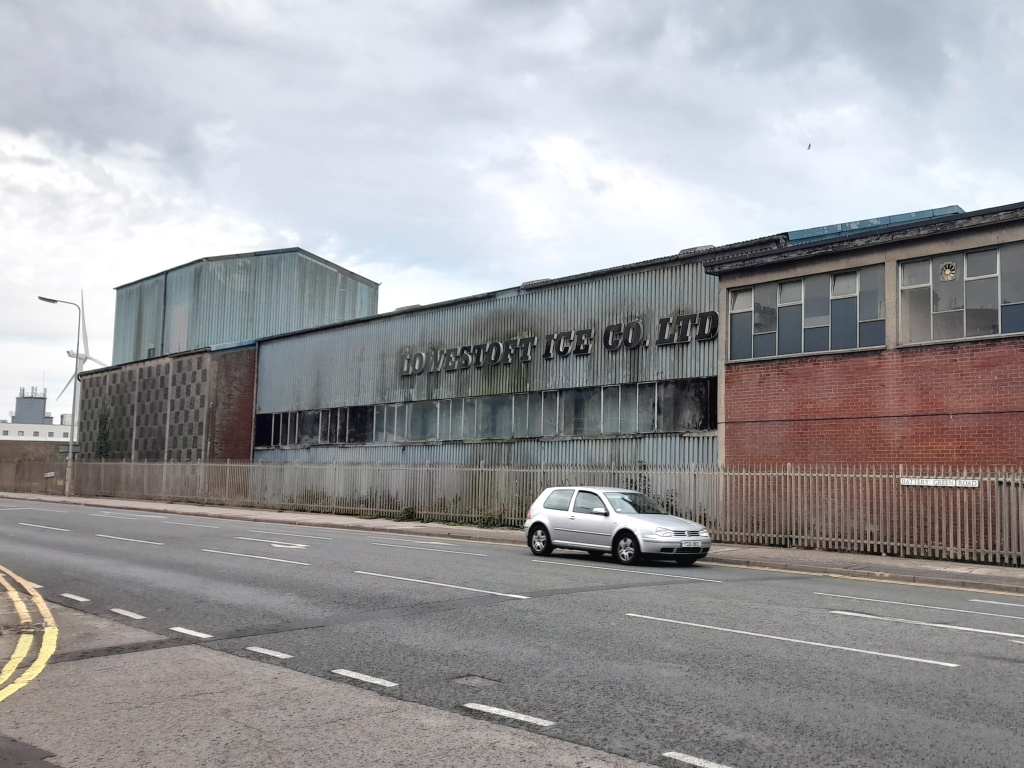
That industry fell into an inevitable decline, as did the gas and oil that replaced it, but here is now a regional centre for the development of renewable energy and let's hope that doesn't go the same way as the former employers, right Greta?
Lowestoft, secondly, is famous as the stomping ground of The Darkness, a bunch of once-popular, off-their-East-Anglian rockers and there's a bit of it about the place today. Not a long-haired fella in a skinny, white catsuit on the high street, however, more of a general gloom, really.
That's thanks to some very low pressure over Lowestoft that soon promises some very heavy rain, they say. Black Shuck? Shucks! Black, erm, clouds on the horizon, more like.
That makes for a quick and cursory inspection of the high street, split in twain by the, not nearly as busy as it sounds, A47. The bottom part is pedestrianised and, sorry Lowestoft, could just about be anywhere.
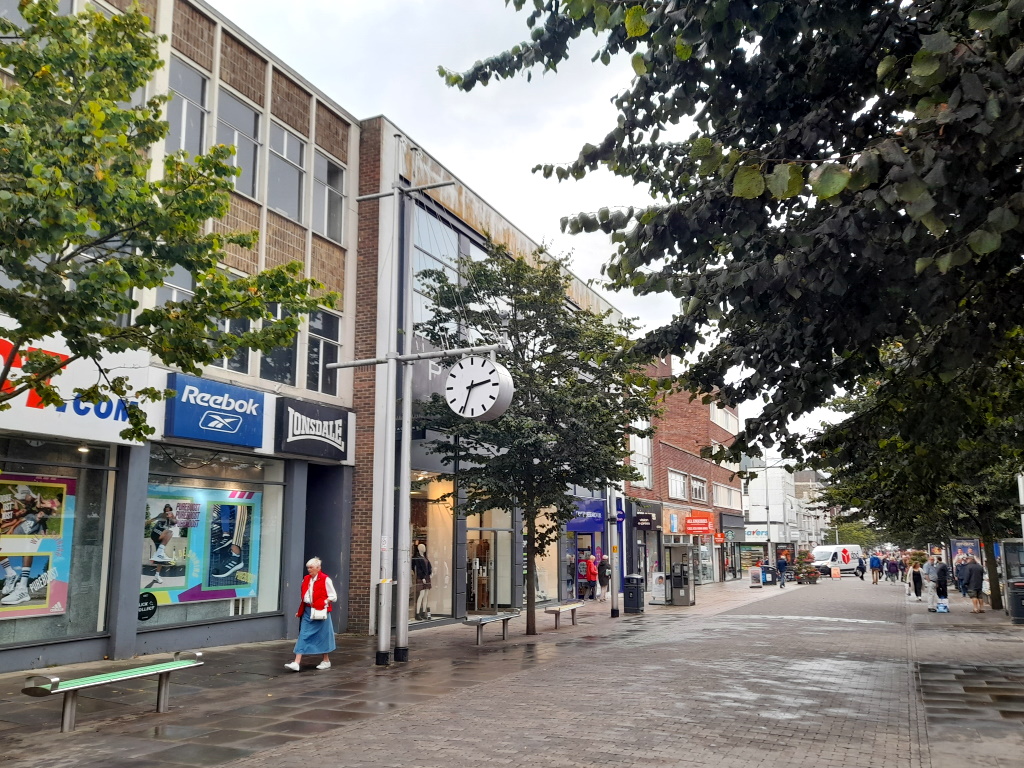
There are a couple of architectural distractions just off if you're inclined to an Art Deco theatre or a neo-Gothic whopper but the top part of the high street has real hipster potential.
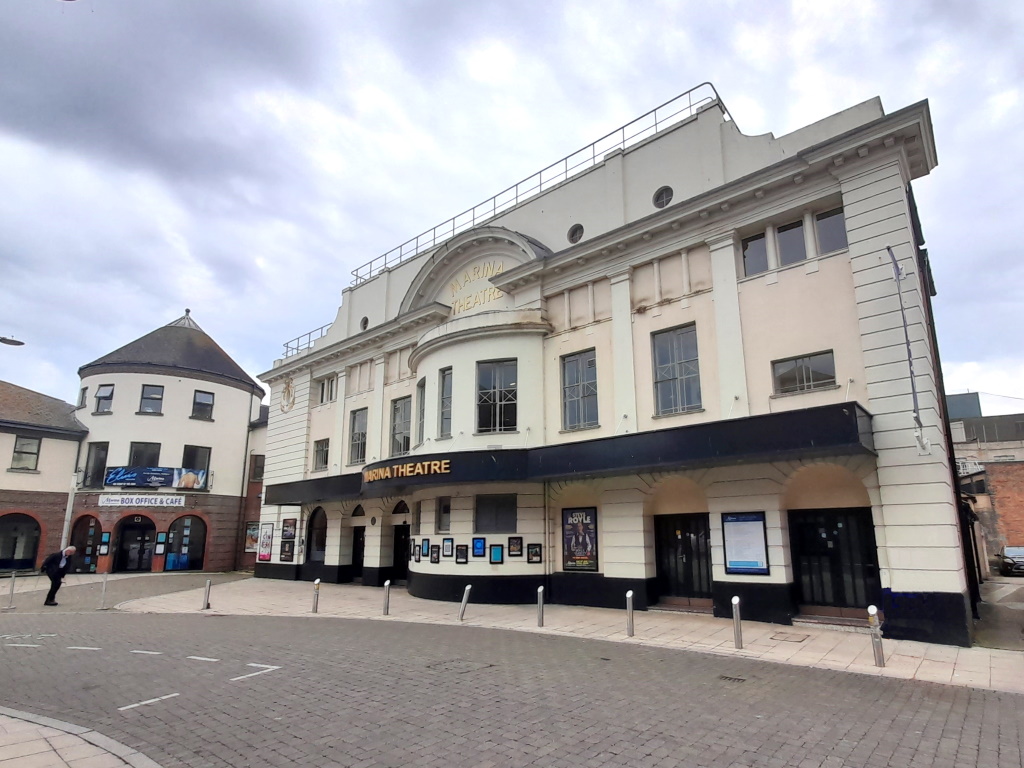
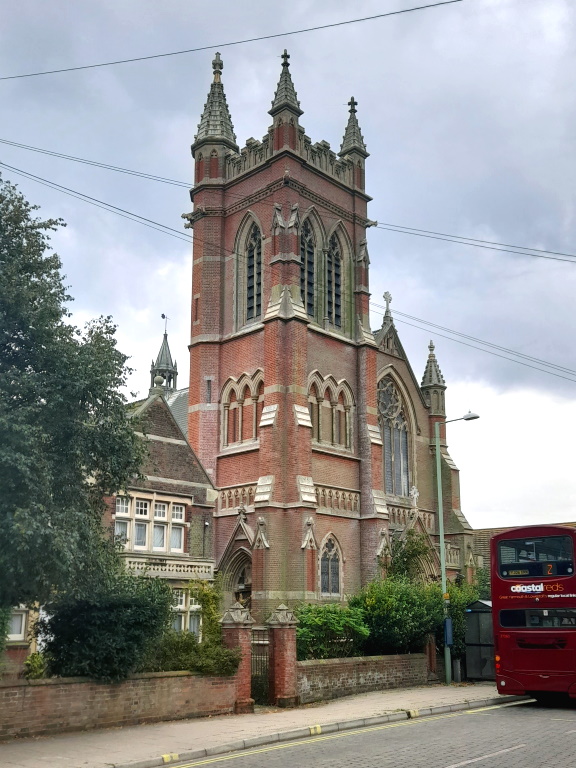
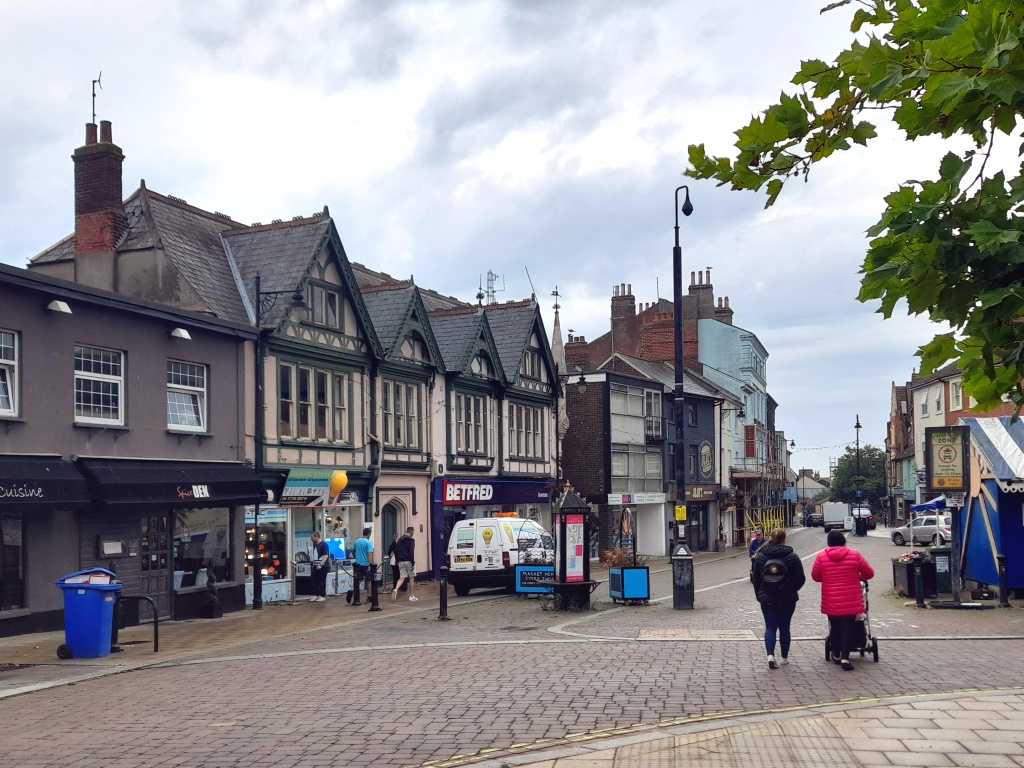
That's down to the majority of any future fleshpots not having been demolished in the '70s or whenever.
If it's grand and architectural you want, head four miles northwest for an 'Italianate' interpretation of the Houses of Parliament, they say. If paying toffs to look at their furniture, however, isn't your idea of a good afternoon out then still head four miles northwest.
The entrance fee part funds a rewilding project, you see, with free-roaming cattle, ponies and pigs on 1,000 acres of the estate. No sign of the native, Suffolk giraffe but more on that in a minute. The hall was briefly home to the wealthy industrialist Samuel Morton Peto but more on him in a minute.
Most people will have been through Berwick on a train and Land's End is hardly the end of the world. That ticks the northernmost and westernmost and just about the southernmost if you consider Lizard Point to be part of Land's End, which it's not really but is close enough for the purpose of these ramblings.
That just leaves the easternmost point in England and Lowestoft, thirdly, is famously famous for that where they've made a bit of an effort to celebrate at Ness Point.
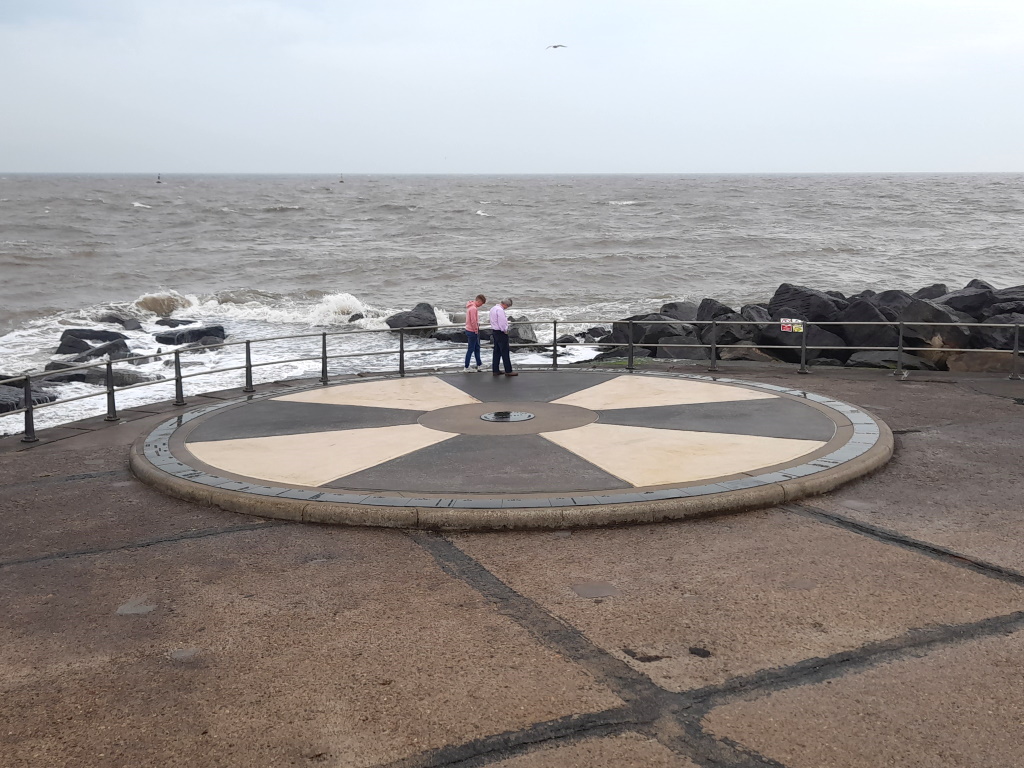
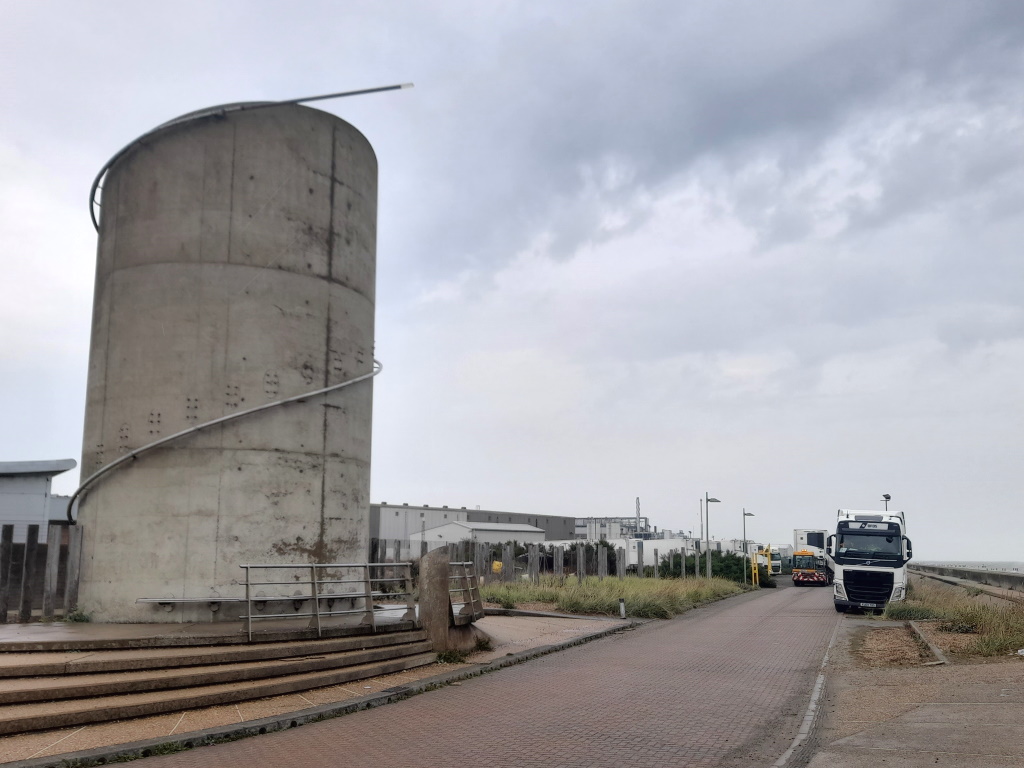
If you're not sure how to get here, head down Herring Fishery Score and it's just behind England's easternmost industrial estate. There are, thankfully, no tatty knick-knack providers so the only thing to do is squint and see if you can make out Amshterdam in the distance.
They got their railway fairly early and that'll have been 1847 early.
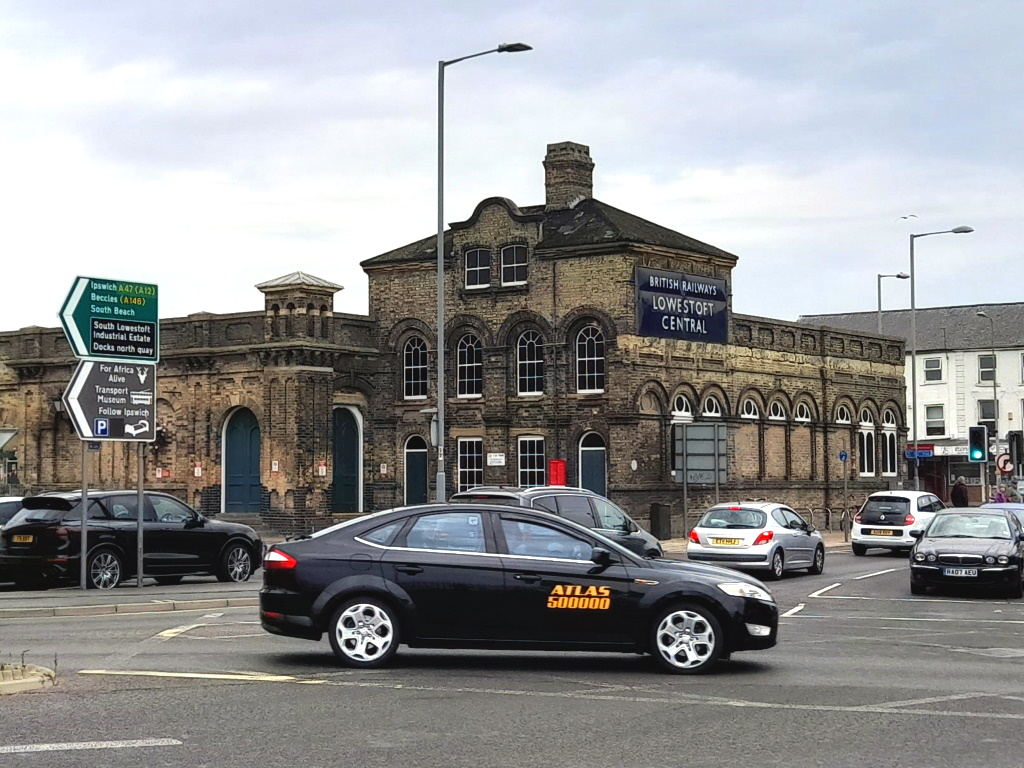
It was originally intended for goods in and out of the port, which only has a faint whiff of the workaday, these days.
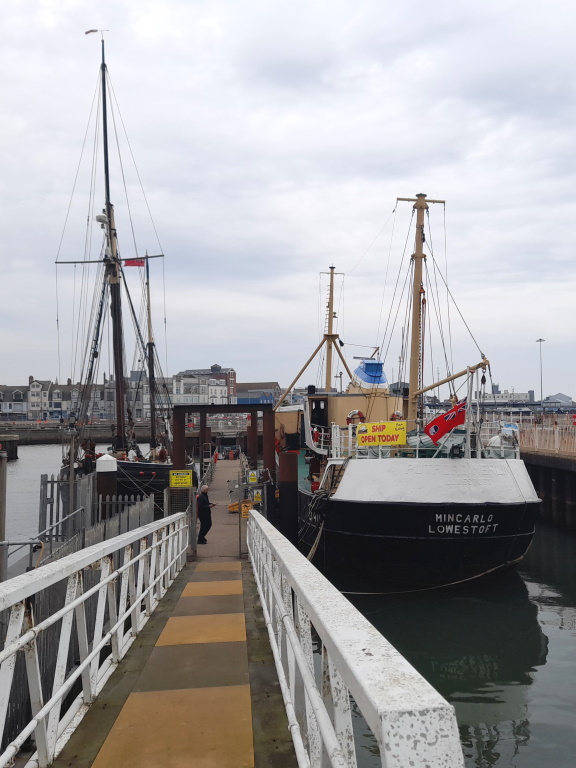
It's now mainly given over to pleasure-seeking nautical types and a couple of moored attractions.
Just like the London Transport Museum but in East Anglia and with more seasonal hours. All of your favourite bygone conveyances and a chance to go on a mini choo-choo, whoo-hoo!
Unlike London's, this one is largely outdoors so there's no point saving it for a rainy day. Unlike London's, you won't need to push a kid out of the way to have a go on the Tube simulator, seriously.
Spoons have a tradition of naming their pubs based on the history of the town or the old building they invariably inhabit. The inevitable offering in a town of this size is called the Joseph Conrad, the Polish-English author who arrived in Lowestoft in 1878 unable to speak a single word of English.
There are no awards for their nearly-out-of-date ale but the Director of Contrived Waterhole Naming gets a (3/5) for this fairly obscure fact of a fairly famous writer, if a little fanciful.
As for inside? It's a Wetherspoon™s man!
An initially unfathomable and nearly unnavigable road system is now known to be down to a bridge that lifts.
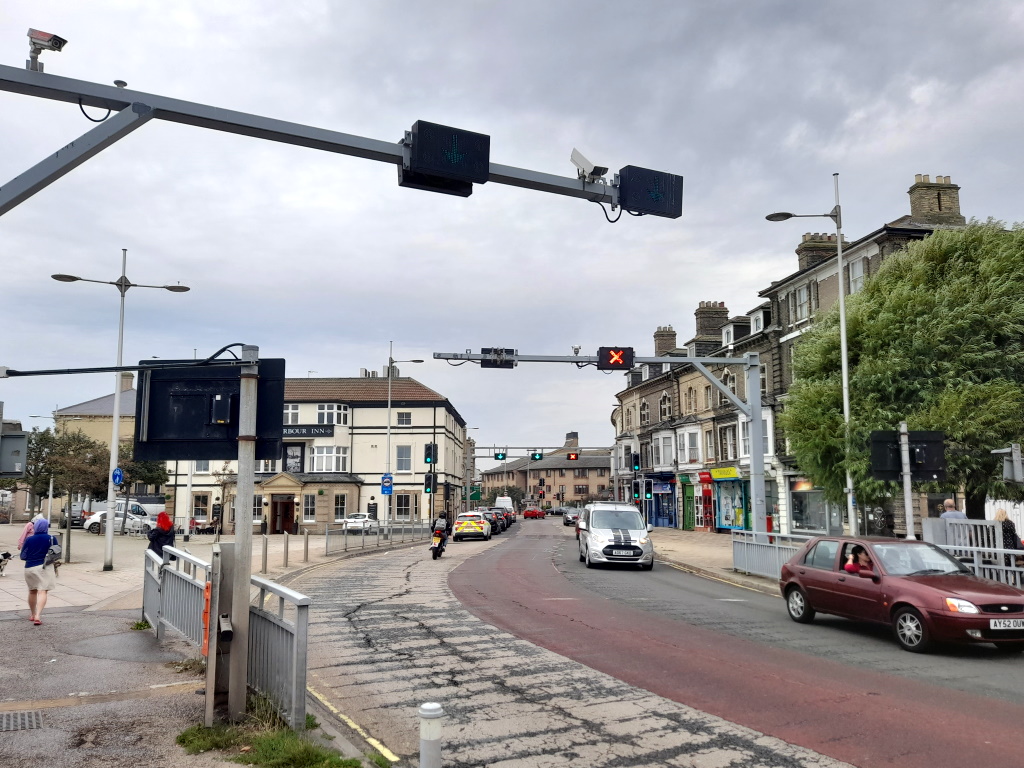
A classic bascule bridge of the kind last seen in Weymouth, Lowestoft Harbour Bridge lets the ships in and out and under and is the frequent cause of the easternmost traffic jam in England, just not today.
Fans of the navigable waterway will be wooed by the one underneath, the River Waveney, of course, and this aquatic extension now links to the Norfolk Broads.
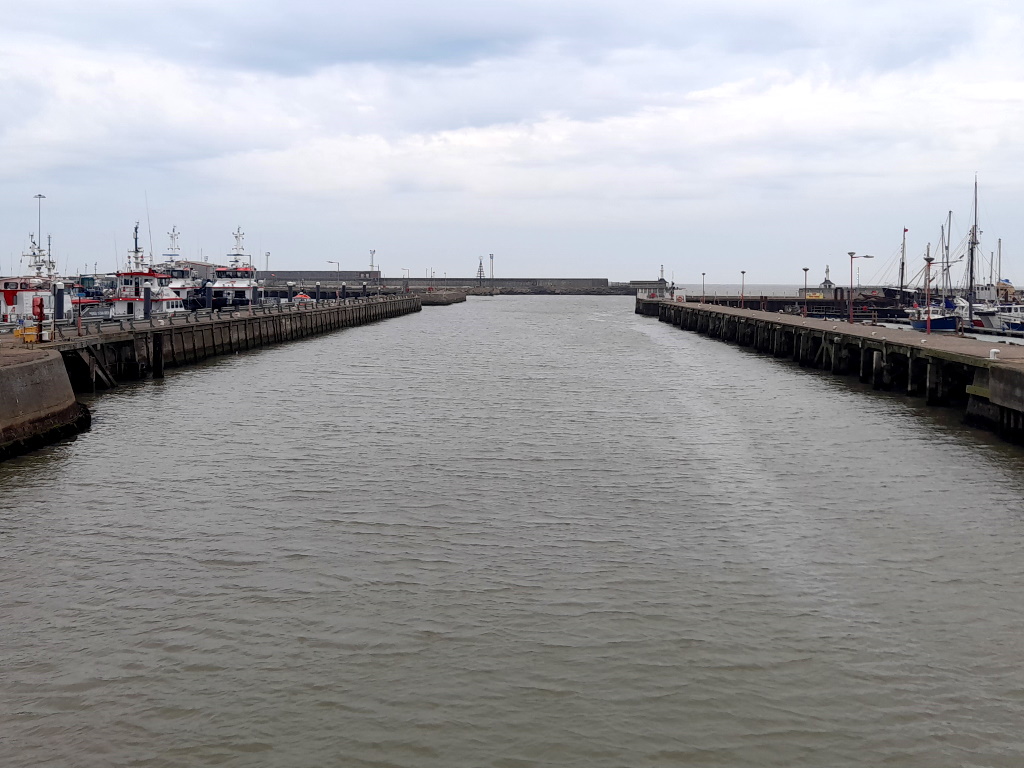
It didn't always but some 19th-century engineering was engineered to avoid paying shipment taxes, or something, up at Great Yarmouth. Always about the money them Victorians, what wasn't considered was that by making nearby Oulton Broad too tidal, freshwater, and very much dead, carp were brought back out to wash up and rot on the Lowestoft shore.
A hastily installed sea lock now keeps the carp from carking and means you could, in theory, chug all the way to The Hague on a Hamilton's Water Break.
Just two miles west of the centre, here be the southernmost area of open water in the network commonly known as the Norfolk Broads.

All your watersports are catered for although it's not known how well the night-time powerboat racing goes down with the residents of Lowestoft's swankiest suburb.
It's not the southernmost navigable point of The Broads, however, for that you have to head to Beccles and, get this, they're both in Suffolk, I know! I know!
Samuel Morton Peto was the man who brought the railway but he also saw the potential to develop Lowestoft as a seaside resort to rival the likes of Brighton. The easternmost pavilion in England might not be on a par with Geordie IV's but that's because Lowestoft's only dates from... 1993!
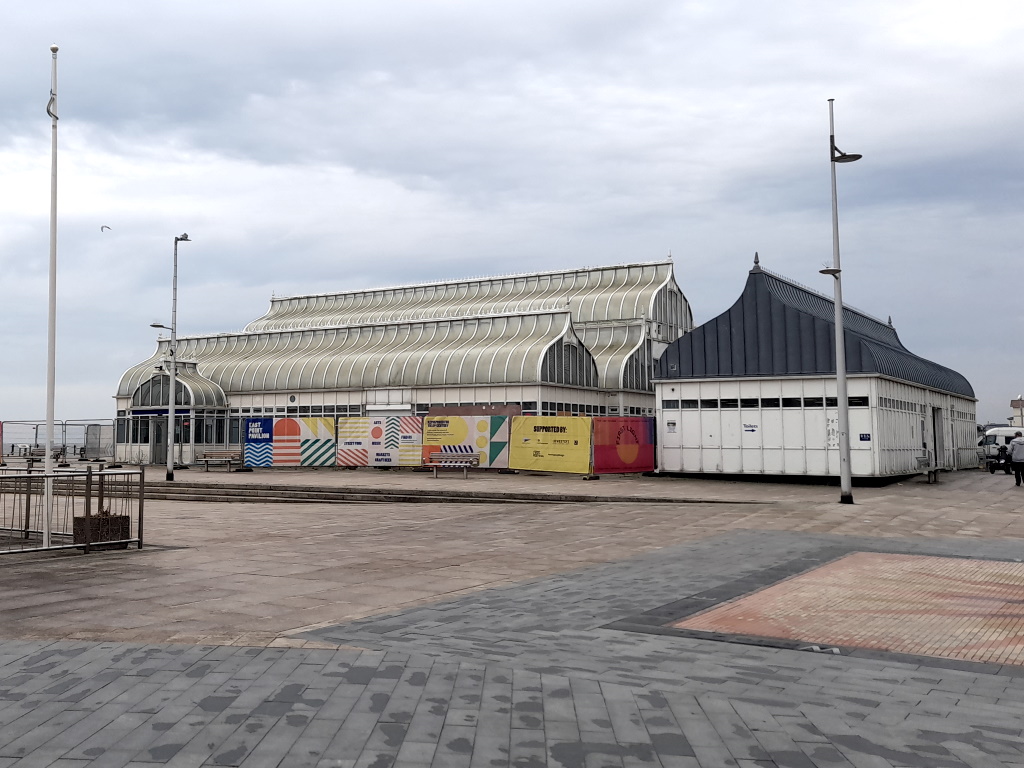
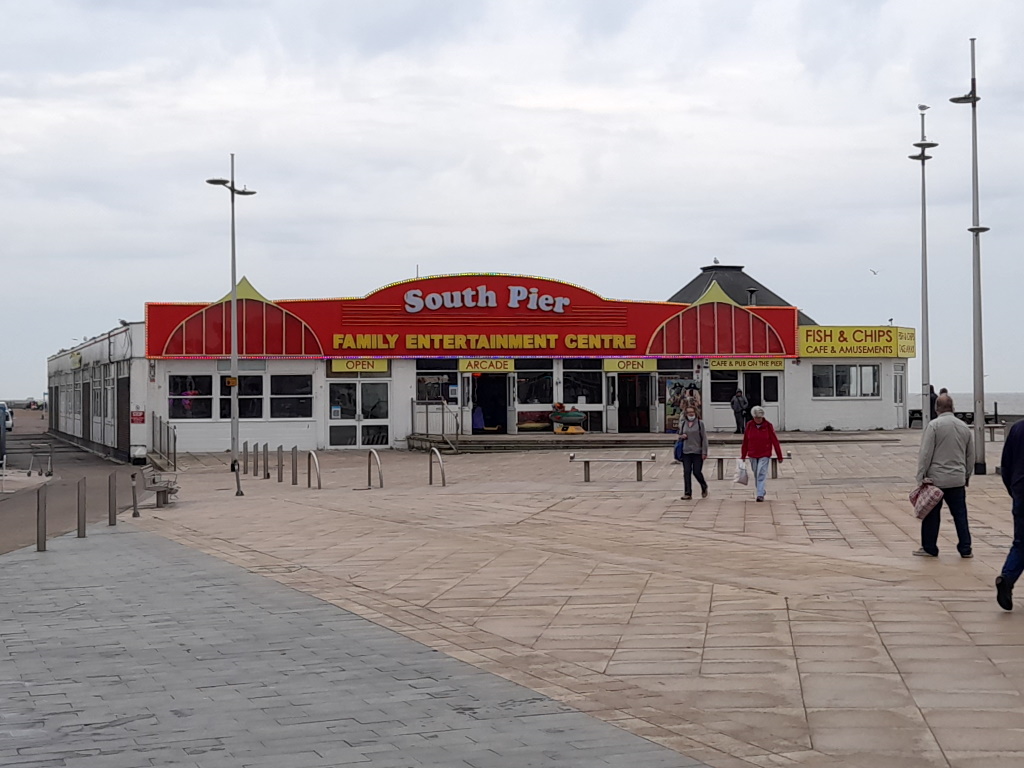
That fact, and just a minor set of 'musements, suggests Peto's plans were overly optimistic but that's not entirely true and just beyond is the evidence of his endeavours.
What is believed to be officially a ' promenade' passes Wellington Gardens, very much of the Victorian variety and very much what you might expect to see at the seaside.
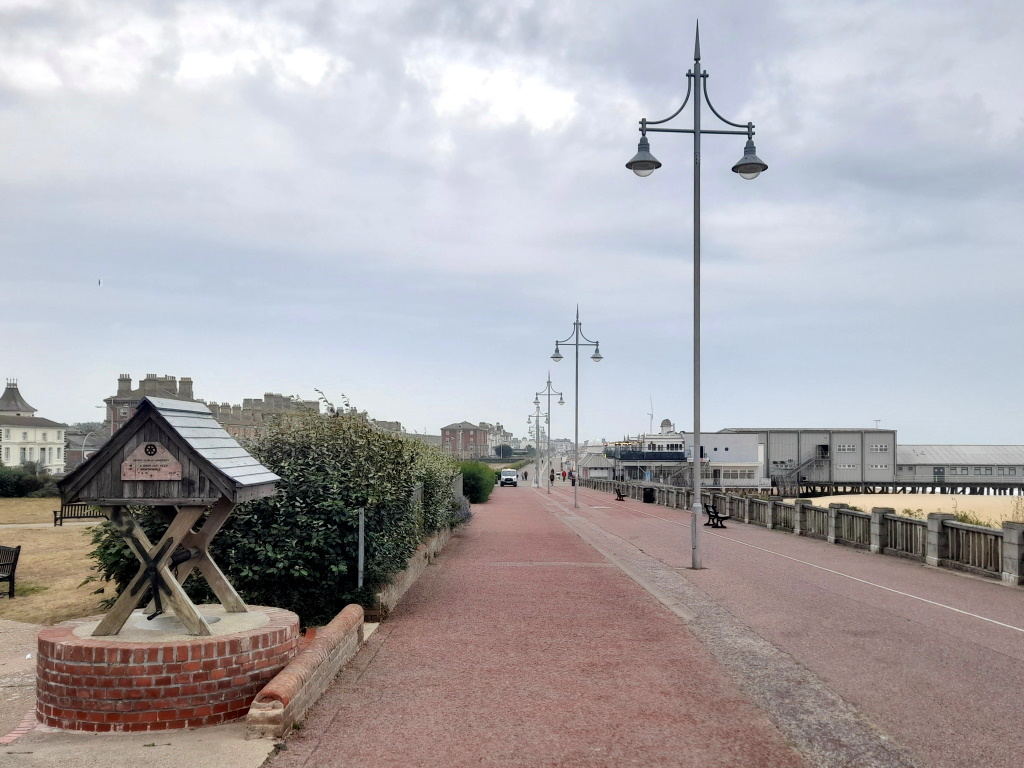
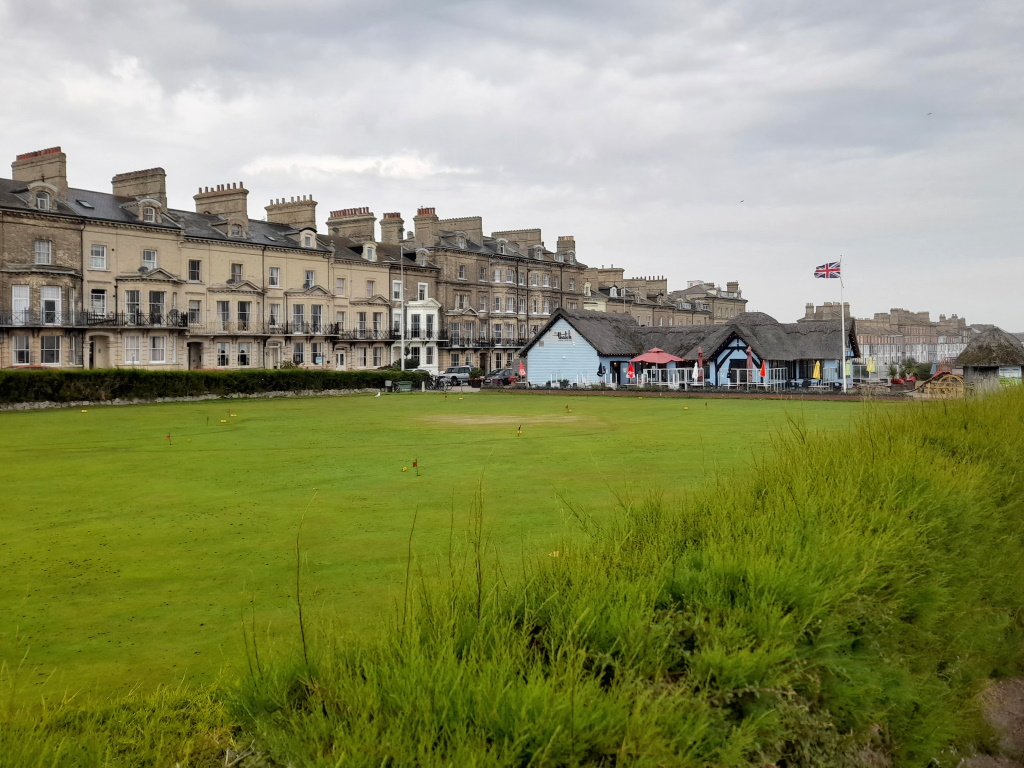
That includes the customary putting green and somewhere for a frothy coffee but Peto's original plans were far more flowery. Part of it is now occupied by a car park, which is something the pen pushers at Lowestoft City Hall saw as progress, probably.
The townhouses that overlook from what is believed to be officially an 'esplanade' are also his handiwork and tower over the two-storey terraces seen so far.
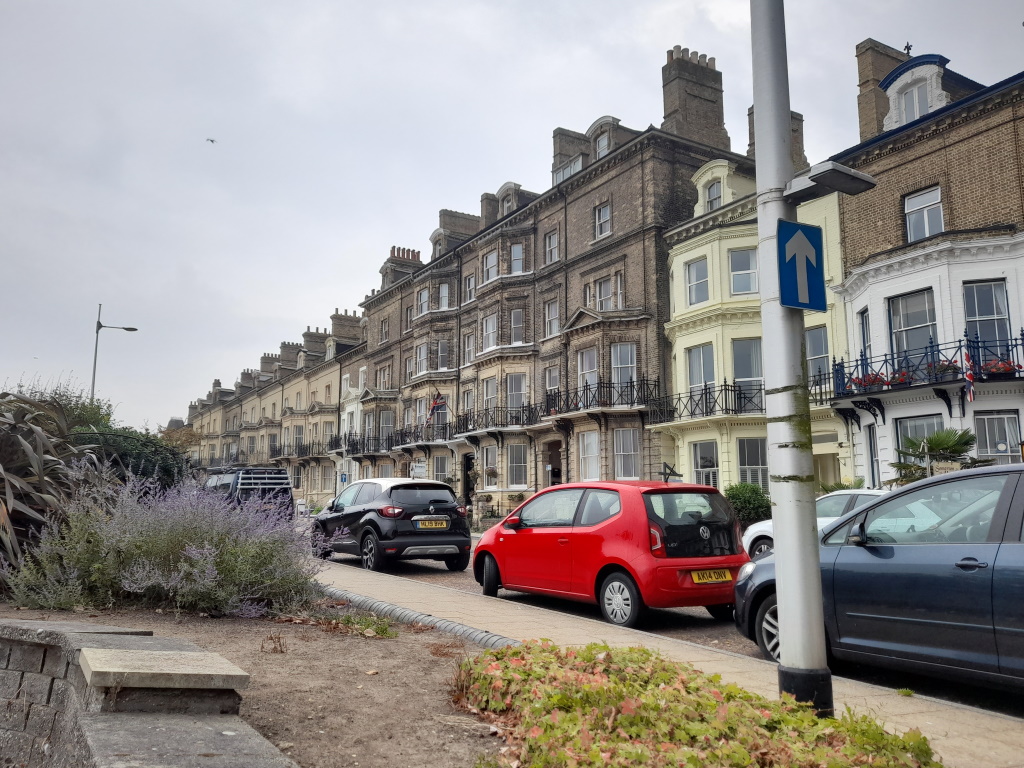
Some still function as B&Bs & guesthouses, some of them quite 'boutique', but the No Vacancies signs in the windows indicate this is either still roaringly popular or they've all shut up shop for the season?
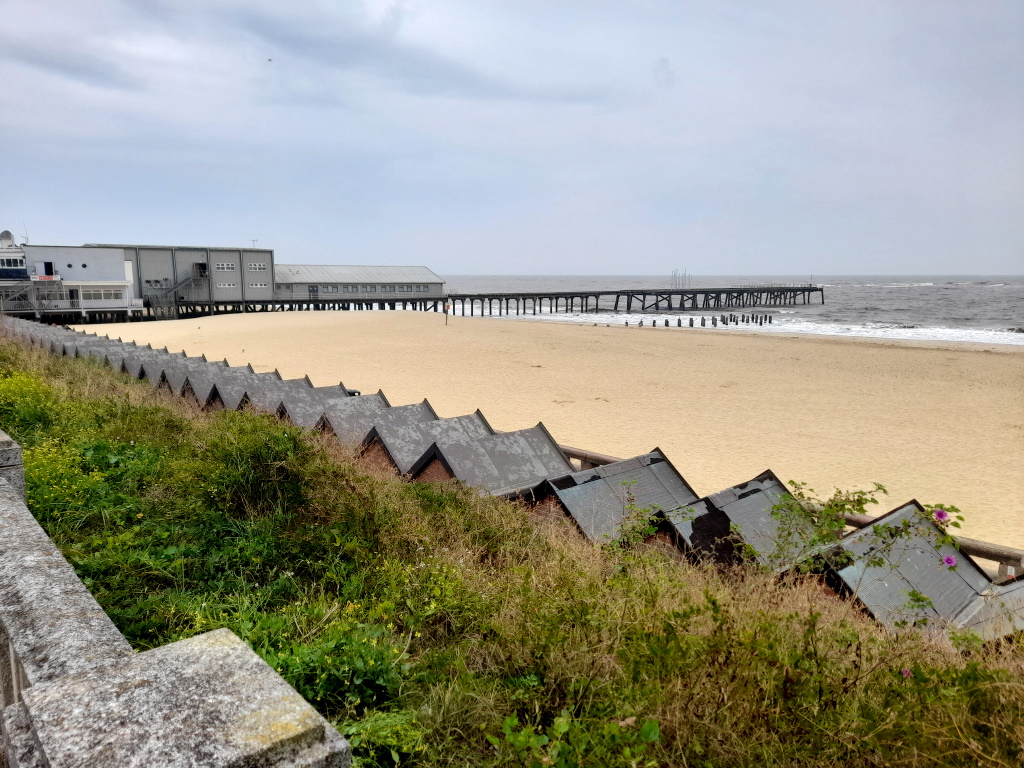
Pontin™s has plenty of competition from other caravan and holiday parks so they've had to deviate to offer 'Adults Only' themed breaks. Relax thrillseekers, that's a 'gentle game of bowls right through to a leisurely crawl in our swimming pool' so not quite the weekend you were imagining, eh, eh?
Saying that, more recent, erm, research suggests they're regularly laying it on large for raving loonies who remember the early '90s... ACIEED!
This looks to be Lowestoft Zoo and looks to draw in the crowds from the surrounding caravan and holiday parks. They're part of a European-wide conservation charity but don't be expecting to see no native, Suffolk giraffes anytime soon.
I don't know, what's wrong with a pair of binocs and a walk out into Carlton Marshes and Oulton Broad for some local wildlife?
Meanwhile, back near Herring Fishery Score, you've no doubt been dying to ask what's the 'Score'? Look closely and there are another half-a-dozen: Spurgeon, Rant, Martins, Crown, Mariners and Lighthouse Score.
That, admittedly, is just a list of scores but depending on how your team has done on any given Saturday, it might be better than the ones read out by the BBC™ at 5 PM.
They all lead up from England's easternmost industrial estate since that was once the site of a 'Beach Village' although that's a rather romantic description of what was a ghetto, really.
Thanks to Peto, Lowestoft's fishing industry was flourishing and an influx of folk lead to nearly 3,000 people making this place home in what could generously be called hastily constructed housing.
With their own bakeries, butchers and brewery, there was no real need to leave but, when they did, the quickest way was up and the scores are the paths worn into the cliffs to avoid having to pop to the shops via the harbour, you see.
If that sounds fanciful, this had been happening on a smaller scale since the 1500s and didn't disappear completely until the '30s. The residents, however, were always, quite literally, looked down on by those in the loftier part of Lowestoft.
Shabbily dressed and speaking in an unrecognisable dialect, SlyBob can genuinely say they experienced no hostility whatsoever in Lowestoft today.
Apart, that is, from the weather, which has suddenly decided to start with the rain. Now, if only that transport museum was indoors.
